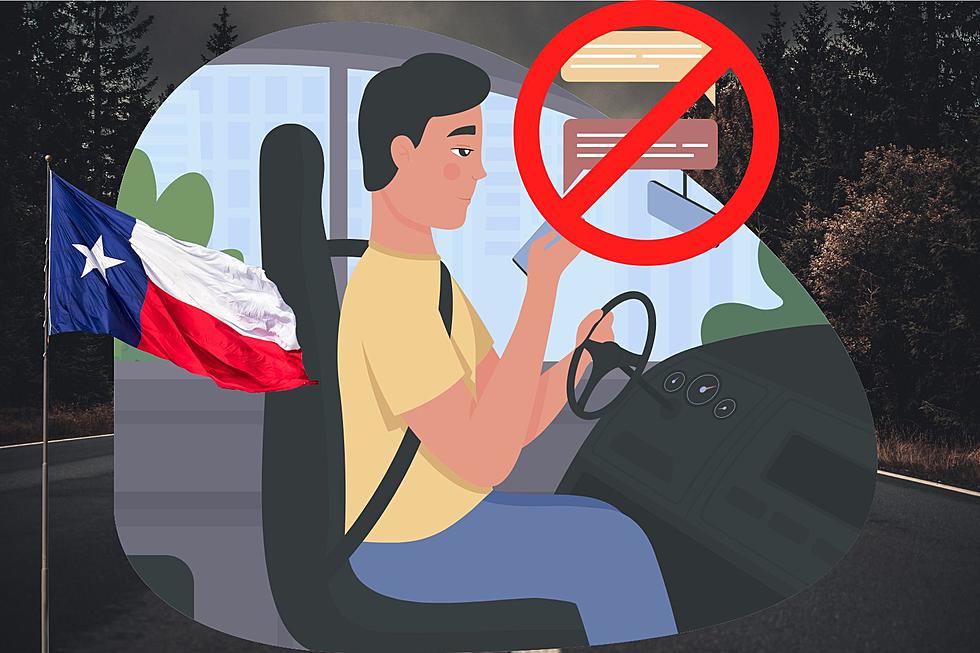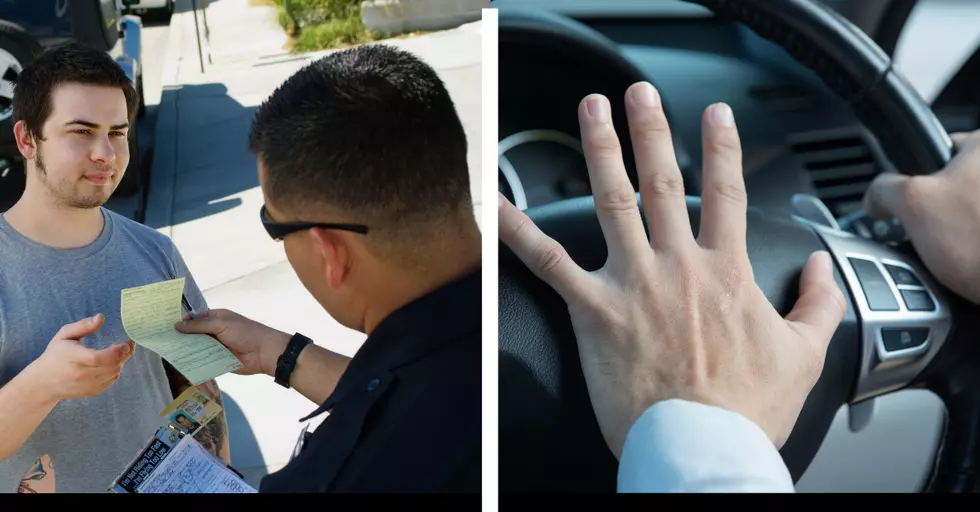
How To Know Your Correct Tire Pressure?
If you've ever wondered what air pressure is correct for your tires, here's how to know.
The attendant at the oil change place might ask you what tire pressure you prefer, but do you know what pressure is best for your tires? There is a simple way to check.
On the sidewall of your tire are it's dimensions and the 'maximum tire pressure'. Sometimes the lettering is small, so you need a magnifying glass to see it. Some vehicle tires have a max pressure well above what is 'RECOMMENDED'. For example, your pick-up truck tire may have a maximum pressure of 50 lbs, but a recommended pressure of only 32 lbs.
Over-inflating your tires will give you a bouncy ride and an ill-handling car, while under-inflated tires can develop premature wear from increased friction. Not having your tires at their recommended pressure will negatively affect tire wear and vehicle performance.
Most passenger cars will recommend 32 to 35 psi in the tires when they’re 'cold'. The reason you check them cold is that as tires roll along the road, friction between them and the road generates heat, increasing tire pressure. Check the pressure in the cool of the day, like in the morning or after the car has been sitting for a few hours.
One more thing, don't just rely on the guys at the oil change place to put the correct pressure in your tires; they don't always do. Get yourself a digital tire gauge that will give you a more accurate reading and check your tires every few weeks.
More From Mix 97.9 FM









